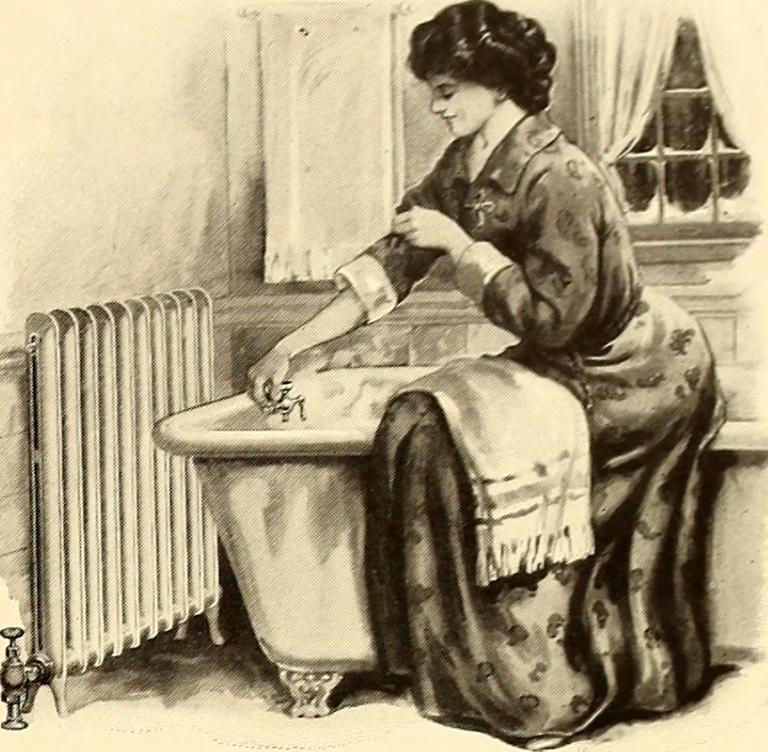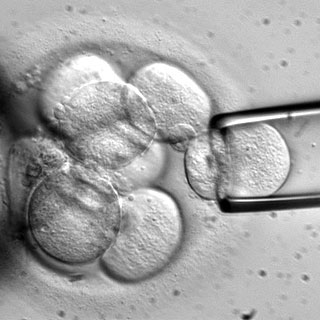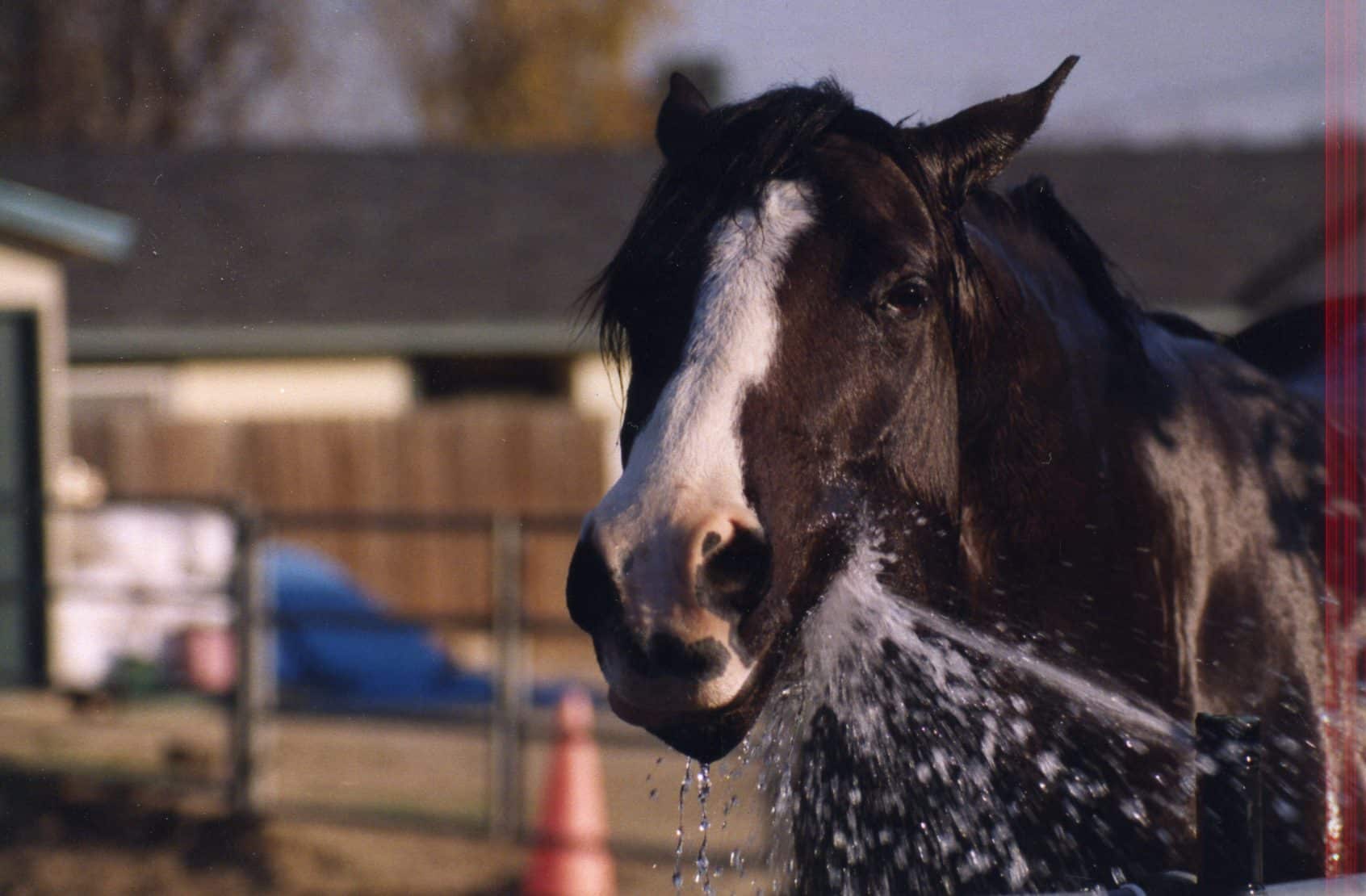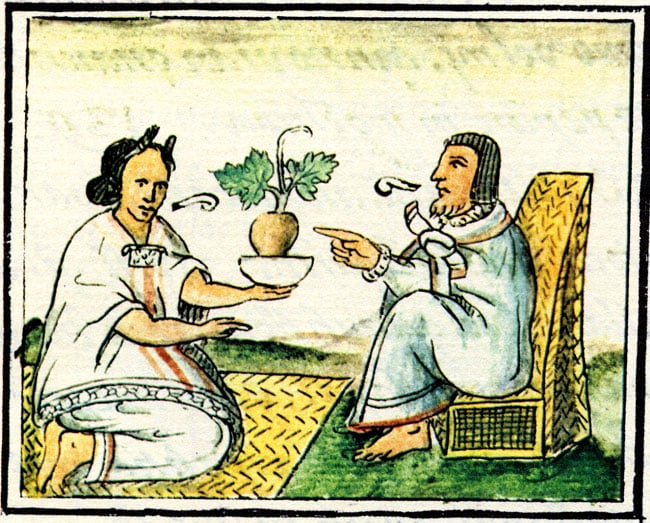
In my experience, horse owners worry about a lot of things, and especially disease caused by bacteria and viruses – but I don’t think that most horse owners really understand much about them, or the differences between them. That’s completely understandable, of course. I mean, there’s a lot that I don’t understand about bacteria and viruses, and I had full semester courses in bacteriology and virology, in addition to a lifetime of continuing education. In fact, that’s so much to understand about bacteria and viruses, that bacteriology and virology are complete, complex, and important fields of study on their own. But I digress.
ONE PHRASE TO KEEP IN MIND – While viruses and bacteria are important and challenging topics, exactly no one knows everything about either one of them. Which leads to one of my favorite phrases: “Experts don’t know either, but at a higher level.” We do the best we can.
Anyway, in hopes of helping you understand two of the most common causes of illness in horses – causes that, in some form, might make you sick, as well – here’s little bit of information that I hope is useful.
 WHAT BACTERIA AND VIRUSES HAVE IN COMMON
WHAT BACTERIA AND VIRUSES HAVE IN COMMON
- Bacteria and viruses both make horses get sick, sometimes (but not often) in combination.
- Both individual bacteria and viruses as too small to be seen without a microscope. You can, however, see clumps of bacteria when you grow them in laboratories.
THEIR DIFFERENCES
Just about everything else.
For ease of comparison, here’s a table with some of the differences.
| BACTERIA | VIRUSES |
| Bacteria are much bigger than viruses. Not that they are exceptionally large, but bacteria are as much as 2 – 50 times larger than viruses (depending on the bacteria, and the virus, of course). | Compared to bacteria, viruses are little. |
| Bacteria can live on their own, outside a host. | Viruses can’t live on their own. |
| Bacteria divide themselves into two parts, and each part becomes a new bacteria that looks just like the original. | Viruses can’t reproduce on their own. Viruses invades cells of the horse’s body, say, the respiratory system, and take over the cell. The virus hijacks the reproductive mechanism of the cells and causes it to make copies of the virus. This process destroys the cell and releases new viruses. |
| Bacteria are, fundamentally, pretty easy to understand, although not always easy to deal with. | Viruses, on the other hand, can be really hard for scientists to figure out. |
| Infections can be persistent | Infections tend to be short-term |
| Vaccines usually don’t work very well | Effective vaccines can often be developed |
| Antibiotics often help | Antibiotics are pointless |
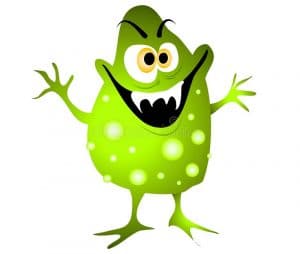 Viruses are basically parasites (in much the same way that a horse’s intestines can get parasites). However, they are parasites that can infect the cells of the horse’s body. There are many, many different kinds of viruses. The most successful of them – such as the herpes virus – usually don’t usually cause a lot of damage to the host – it doesn’t help a virus live if it quickly overwhelms its host (obviously, some viruses don’t follow this rule). But, as I said, viruses are ultimately parasites. They have to live in another living organism and they rely on the host’s cells for just about everything. They are like really bad cellular house guests.
Viruses are basically parasites (in much the same way that a horse’s intestines can get parasites). However, they are parasites that can infect the cells of the horse’s body. There are many, many different kinds of viruses. The most successful of them – such as the herpes virus – usually don’t usually cause a lot of damage to the host – it doesn’t help a virus live if it quickly overwhelms its host (obviously, some viruses don’t follow this rule). But, as I said, viruses are ultimately parasites. They have to live in another living organism and they rely on the host’s cells for just about everything. They are like really bad cellular house guests.
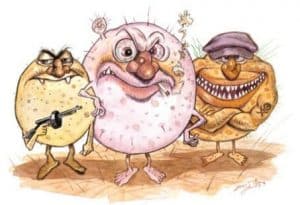 Bacteria can live on their own, and they survive and multiply in and on horses normally. In fact, bacteria do a lot of good for the horse’s body. Of course, they can also live off horses and they can survive and multiply for long periods in soil, water, manure, and throughout the environment. Since they’re so much bigger than viruses, bacteria can be seen with ordinary microscopes. They can be treated with antibacterial drugs. Since they can live on their own, bacteria can create persistent long-term infections. Lastly, bacteria are very difficult to control with vaccines; for example, the vaccine against strangles, a bacterial disease of the horse’s respiratory system, is a good example of how vaccines don’t work well to control bacterial infections.
Bacteria can live on their own, and they survive and multiply in and on horses normally. In fact, bacteria do a lot of good for the horse’s body. Of course, they can also live off horses and they can survive and multiply for long periods in soil, water, manure, and throughout the environment. Since they’re so much bigger than viruses, bacteria can be seen with ordinary microscopes. They can be treated with antibacterial drugs. Since they can live on their own, bacteria can create persistent long-term infections. Lastly, bacteria are very difficult to control with vaccines; for example, the vaccine against strangles, a bacterial disease of the horse’s respiratory system, is a good example of how vaccines don’t work well to control bacterial infections.

Dirty vs. Clean water, for the uninitiated
Viruses cannot live on their own, outside of the host. Whereas bacteria can divide and multiply outside the horse, viruses multiply only in living cells. They can live in their hosts but don’t survive long outside of their hosts. They survive only briefly in the environment, and they can easily be spread by direct contact (think of a horse sneezing on, or sniffing noses with, another horses). Viruses can’t be visualized with ordinary microscopes because they’re so small. Even though they only live briefly outside of the horse, they can usually survive long enough to be transmitted by other things: contaminated halters, feeders, waterers, etc. In people, you could expand the list to include things like utensils, dinner plates, handkerchiefs, stair railings, restaurant menus, etc., but horses are fortunate enough not to have to be bothered with such things. Viruses die quickly on dry objects and outside of living tissues.
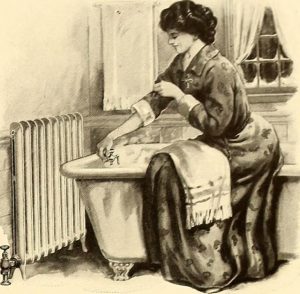 ASIDE: This last bit is really important, and it’s also why, especially when dealing with viruses, cleanliness is critical (next to godliness, as it were). Hand-washing, wiping down of tack and equipment, cleaning water buckets and feeders, etc., is a good way to help stop virus transmission. It’s important with bacteria, too, of course, but with viruses, if they’ve got no place to stay, even briefly, it makes life much harder for them (which, of course, is exactly what we’re looking for). Respiratory viruses are often not transmitted to other horses just by breathing them in from other, sick horses., rather, they are transmitted from tiny droplets that sick horses distribute while snorting, blowing, coughing, etc., including snorting on you. That’s why keeping things (including you) clean is so important at preventing infection, transmission, and spread of disease. If you stay clean, and keep sick horses away from other horses, viruses have a hard time spreading (which is exactly the same as in people).
ASIDE: This last bit is really important, and it’s also why, especially when dealing with viruses, cleanliness is critical (next to godliness, as it were). Hand-washing, wiping down of tack and equipment, cleaning water buckets and feeders, etc., is a good way to help stop virus transmission. It’s important with bacteria, too, of course, but with viruses, if they’ve got no place to stay, even briefly, it makes life much harder for them (which, of course, is exactly what we’re looking for). Respiratory viruses are often not transmitted to other horses just by breathing them in from other, sick horses., rather, they are transmitted from tiny droplets that sick horses distribute while snorting, blowing, coughing, etc., including snorting on you. That’s why keeping things (including you) clean is so important at preventing infection, transmission, and spread of disease. If you stay clean, and keep sick horses away from other horses, viruses have a hard time spreading (which is exactly the same as in people).
Bacterial diseases can be tough to treat and sometimes they are not quickly recognized. Bacteria do provoke an immune response, which is essential in getting rid of the infection, however, they often require a course of antibiotics in order to resolve the infection.
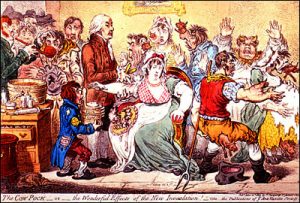
Vaccination, 1802
Most viral infections have sudden onsets. The infections tend to be short-lived and they stimulate a prompt immune response that usually wipes out the infections (although sometimes the infections cause to much damage that the immune response isn’t enough, or doesn’t happen fast enough). Some viruses — like herpes viruses — sequester themselves in bodies long after the initial infection subsides and then can be reactivated by stress years later to produce problems (think human cold sores). Finally, many animal and human virus infections are controllable by vaccines, assuming that a vaccine is available.
 Antibacterial drugs and antibiotics which are effective in treating bacterial diseases are usually not effective in preventing or treating viral infections. In fact, in some cases, taking antibiotics can make things worse. For example, the normal bacteria in the horse’s gut are sensitive to antibiotics, and they are also involved in the immune response; you don’t just want to got about killing them willy-nilly. There are a very few effective antiviral drugs – developing new ones is a an area of a good deal of research. However, because viruses mutate (change) very quickly, they become resistant to antivirals very quickly.
Antibacterial drugs and antibiotics which are effective in treating bacterial diseases are usually not effective in preventing or treating viral infections. In fact, in some cases, taking antibiotics can make things worse. For example, the normal bacteria in the horse’s gut are sensitive to antibiotics, and they are also involved in the immune response; you don’t just want to got about killing them willy-nilly. There are a very few effective antiviral drugs – developing new ones is a an area of a good deal of research. However, because viruses mutate (change) very quickly, they become resistant to antivirals very quickly.
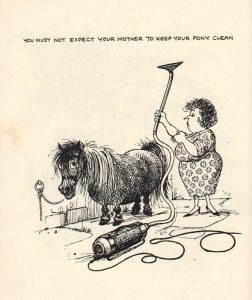 In any disease, it’s important give the horse the best tools available to allow their own body to fight off the infection. This usually means things like not working the horse and making sure that he’s eating and drinking. Viral infections can suppress the immune system, and other problems can develop, so it’s important that they be monitored closely. Prevention is important: you know the old “ounce of prevention is worth a pound of cure” adage, and it’s very apt. Sick horses should be kept away from well horses, people need to take precautions to make sure that they don’t help spread infections, and they need to take measures to prevent healthy horses from getting infected, too.
In any disease, it’s important give the horse the best tools available to allow their own body to fight off the infection. This usually means things like not working the horse and making sure that he’s eating and drinking. Viral infections can suppress the immune system, and other problems can develop, so it’s important that they be monitored closely. Prevention is important: you know the old “ounce of prevention is worth a pound of cure” adage, and it’s very apt. Sick horses should be kept away from well horses, people need to take precautions to make sure that they don’t help spread infections, and they need to take measures to prevent healthy horses from getting infected, too.
There are certainly exceptions to these generalizations. However, due to their differences, the diagnosis, control, treatment and prevention of viral and bacterial infections follow different paths. They’re pretty much the same in all species, too.

